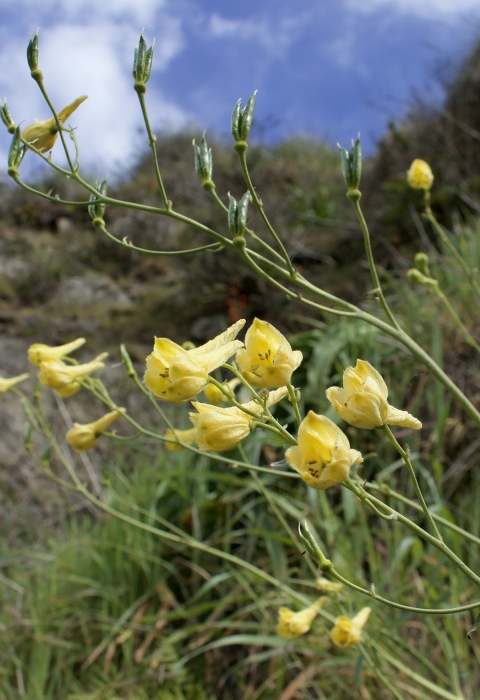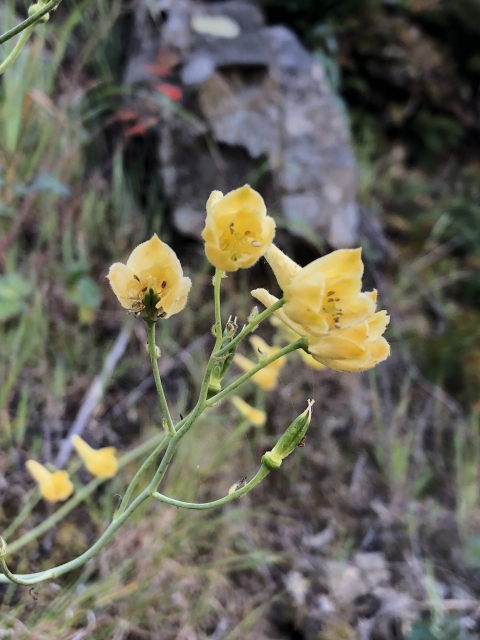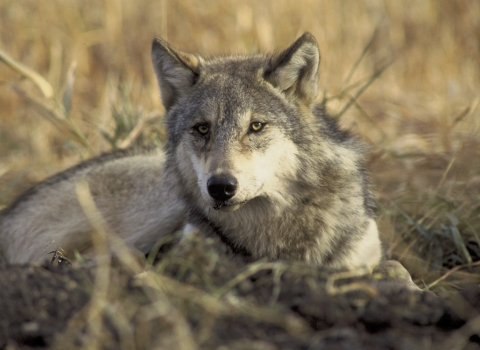SACRAMENTO, California— Today, the U.S. Fish and Wildlife Service is announcing the availability of three draft recovery plans, marking the beginning of a 60-day public comment period on the drafts. Draft plans available for review and comment include:
- Yellow larkspur (Delphinium luteum), an endangered perennial in the buttercup family found in northwestern Marin and southwestern Sonoma counties, California. There are currently few known remaining populations. Threats to yellow larkspur include habitat loss from human activities, invasive plants, herbivory, hybridization, population-level catastrophic events and threats associated with climate change climate change
Climate change includes both global warming driven by human-induced emissions of greenhouse gases and the resulting large-scale shifts in weather patterns. Though there have been previous periods of climatic change, since the mid-20th century humans have had an unprecedented impact on Earth's climate system and caused change on a global scale.
Learn more about climate change such as drought. The draft plan is available here. - Pitkin Marsh lily (Lilium pardalinum ssp. pitkinense), an endangered perennial in the lily family known from two freshwater marshes in western Sonoma County, California. Threats to Pitkin Marsh lily include habitat loss from human activities, changes in hydrology, competition with other plants, and threats associated with climate change such as drought. The draft plan is available here.
- Showy Indian clover (Trifolium amoenum), an endangered annual in the pea family known from two sites in Marin County, California. Threats to showy Indian clover include habitat loss from human activities, competition with other plants, erosion, recreation impacts and threats associated with climate change such as drought. The draft plan is available here.
Recovery plans are designed to guide recovery efforts of the species by addressing threats so that the risk of extinction is reduced to the point at which the species no longer needs protection under the Endangered Species Act. To that end, a recovery plan outlines tactics for preserving and increasing the health and size of species populations to the degree that it can successfully withstand natural variability and catastrophic events and adapt to environmental change over time. Detailed criteria for downlisting or delisting each species can be found in their draft plan.
The Service received a $62.5 million investment in Inflation Reduction Act funds to address Endangered Species Recovery Planning efforts that will be implemented over the next several years to benefit more than 300 species currently listed under the Endangered Species Act. This infusion of funding allowed the Service to hire additional biologists to complete recovery plans that are necessary to recover species and remove them from the Endangered Species list.
More information on recovery plans can be found at this link: https://www.fws.gov/program/recovery/recovery-plans. Comments on these three draft recovery plans can be submitted by October 25, 2024. To submit a comment, email FW8_RecoveryTeam@fws.gov or send comments via mail to Dan Cox, Sacramento Fish and Wildlife Office, 2800 Cottage Way, Room W-2605, Sacramento, CA 95825.
The Endangered Species Act is extraordinarily effective at preventing species from going extinct and has inspired action to conserve at-risk species and their habitat before they need to be listed as threatened or endangered. Since it was signed into law in 1973, more than 99% of all species listed under the law are still with us today.




